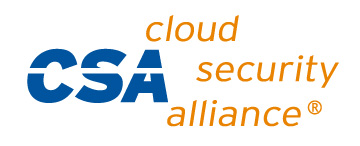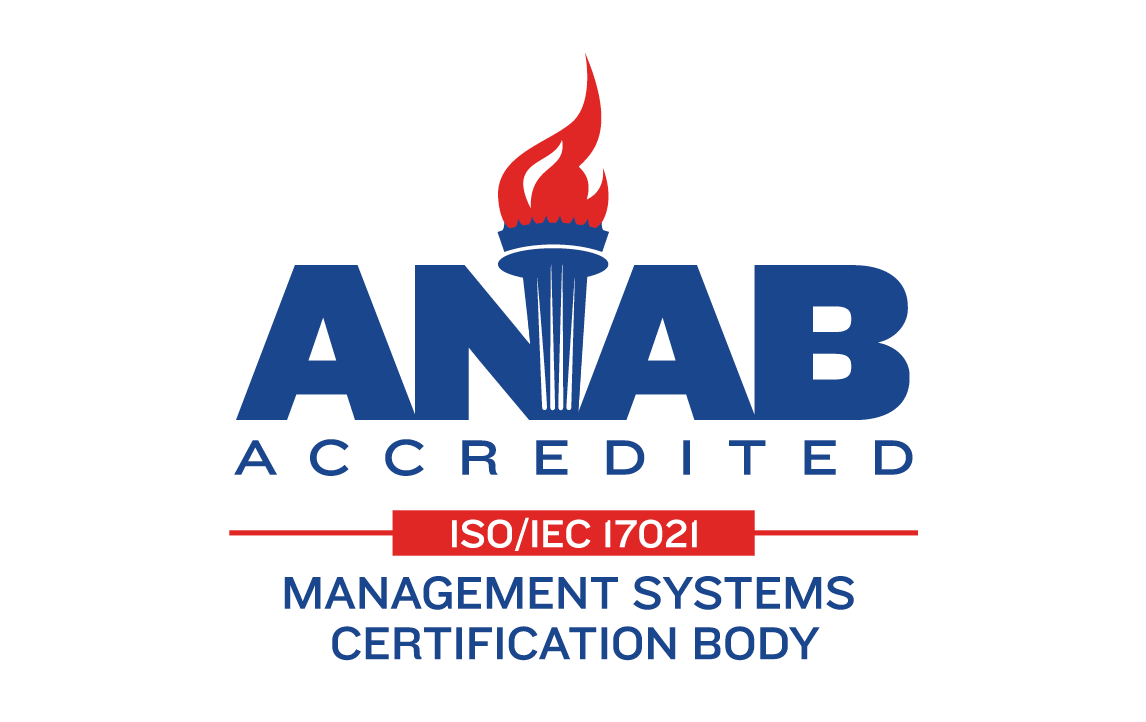
The Importance of Onboarding and How to Get It Right

Did you know that organizations with effective onboarding processes can improve employee retention by up to 82% and productivity by over 70%? In the current competitive job market, the importance of onboarding cannot be overstated.
Onboarding isn’t just about filling out paperwork — it’s about integrating new hires into the company culture, setting clear expectations, and ensuring they feel supported every step of the way.
In this blog, we’ll explore why onboarding matters for employee success, organizational growth, and retention. We’ll also share actionable insights on how HR professionals can build and refine an effective onboarding program that drives both individual and business outcomes.
In This Article
What Is the Purpose of Onboarding?
Onboarding is much more than a one-time event — it’s a comprehensive process that plays a pivotal role in the success of new employees and the organization.
While orientation may provide a quick overview of the company’s policies and procedures, onboarding goes deeper, aligning new hires with the company’s mission, culture, and goals from the very start. It’s about setting the stage for long-term engagement and performance. Effective onboarding allows employees to feel supported, valued, and prepared for their roles, creating a foundation for success.
Onboarding is also a strategic initiative. A well-structured onboarding program has the power to foster long-term loyalty and engagement, which can significantly reduce turnover rates.
By prioritizing a structured onboarding process, organizations can ensure that new hires feel engaged, motivated, and aligned with company objectives from the very beginning. Let’s delve deeper into why is onboarding important for both employees and businesses.
Why Is Onboarding Important?
A strong onboarding experience is critical to helping employees start their career at your organization off on the right foot. Below are the key reasons for the importance of onboarding, starting with the impact of a positive first impression:
Fostering a Positive First Impression
First impressions matter. The initial days of employment are critical in shaping an employee's perception of the company. A well-executed onboarding process creates a positive first impression, building trust and confidence from day one. According to research from Click Boarding, 69% of employees are more likely to stay with a company for three years if they experience a great onboarding process.
Setting Employees Up for Success
Aligning expectations early on is vital for new hires. Clear communication about roles, responsibilities, and organizational goals helps prevent misunderstandings and sets the stage for success. This clarity fosters a sense of belonging and purpose within the team, highlighting exactly how an individual impacts business functions and contributes to overarching goals
Reducing Turnover Rates
The cost of poor onboarding can be staggering. Organizations with ineffective onboarding processes face higher turnover rates, leading to increased recruitment costs and lost productivity. Statistics show that nearly 3 in 10 of new hires who are unhappy with their onboarding experience plan to start job hunting again within just three months. Additionally, ineffective onboarding can lead to:
34% of new employees leaving a job within the first 90 days due to unmet expectations regarding their roles
44% of new hires experiencing regrets or second thoughts about their job within the first week
Employees being 8 times more likely to be disengaged with the organization
These statistics underscore the critical importance of effective onboarding processes in retaining talent and fostering a positive workplace culture. Beyond reducing turnover, a well-structured onboarding program brings significant advantages that directly impact employee performance and business success.
The Benefits of a Good Onboarding Process
A strong onboarding process sets the foundation for long-term success, ensuring new hires quickly adapt, feel connected, and become productive team members. By streamlining workflows and leveraging the right technology, companies can make essential tools and resources easily accessible — helping employees confidently navigate their roles and integrate into the organization. A seamless experience not only accelerates learning but also reinforces company culture and engagement from day one.
Let’s explore the key benefits of onboarding:
Boosting Productivity
Organizations with a structured onboarding process report 50% greater new-hire productivity, effectively accelerating time-to-productivity. Effective workflows can include mentorship programs, role-specific training modules, and regular check-ins with managers. By determining the best process for your business, you can create a scalable and personalized program that supports both company and employee needs.
Enhancing Employee Engagement
Onboarding plays a critical role in fostering long-term engagement. When employees feel included in the company culture from day one, they are more likely to develop strong connections with colleagues and remain committed to their work.
Building a Stronger Company Culture
Introducing company values and mission early on helps integrate new hires into the organizational culture. Strategies such as storytelling about company history or showcasing employee testimonials can create a sense of belonging among newcomers.
Pro Tip: Leverage employee testimonials on your career site to highlight your company culture and members of your workforce to potential candidates, showcasing what life looks like behind the scenes.
Driving Business Success
The impact of effective onboarding extends beyond individual performance; it drives overall business success. Organizations that invest in a robust onboarding process experience better team performance and stronger business outcomes. Some organizations with structured onboarding programs have improved revenue growth by up to 60% year-on-year improvement and enhanced customer satisfaction levels. By aligning employee goals with company objectives early, onboarding creates a framework for achieving long-term growth.
A clear path for employee growth and integration enhances individual contributions and strengthens the overall organization. A seamless onboarding experience fosters a motivated workforce, ultimately leading to higher retention, better collaboration, and sustained business success.
Advantages of Onboarding Done Right
When onboarding is done effectively, both employees and organizations reap the rewards. Here’s a closer look at how a strong onboarding program creates long-term value for everyone involved.
For Employees:
Clear role understanding and expectations: Employees know what’s expected of them and feel more confident in their roles.
Increased confidence and motivation: Employees who are well-prepared for their roles are more likely to be motivated and confident in their abilities.
Opportunities for early relationship-building: Onboarding fosters early connections between new hires and their coworkers, which can contribute to a collaborative and supportive work environment.
For Employers:
Reduced costs related to turnover and rehiring: A strong onboarding process reduces employee turnover, which in turn cuts down on rehiring and retraining costs.
Consistent alignment with company goals and values: Onboarding ensures employees are aligned with the company’s mission, values, and objectives, which boosts overall organizational performance.
A stronger employer brand and reputation: Companies that invest in effective onboarding programs are viewed more favorably by potential employees, improving their reputation as a desirable workplace.
These points mentioned above underline the importance of onboarding done right. To truly harness the full potential of onboarding, it's crucial to implement a strategy that goes beyond just a few basic tasks. Let’s explore the four steps HR professionals can take to get onboarding right and ensure a seamless, engaging experience for new hires.
4 Steps to Get Onboarding Right
Onboarding isn’t just about checking boxes — it’s about creating an experience that empowers new hires and strengthens company culture. By focusing on clarity, engagement, and long-term support, organizations can build an onboarding process that drives retention and productivity. Here’s how to get it right.
Start from Day One
Set the tone for a successful onboarding experience by preparing employees for their first day before their first day starts. This includes sending welcome materials, tools, and schedules in advance, providing access to an onboarding portal or checklist, and making sure necessary equipment (laptops, credentials, software access) is ready. By sending a personalized welcome message from leadership, new hires feel valued and excited to join the team.
Personalize the Experience
Tailor the onboarding experience to the specific needs of each role or team. Offer role-specific training modules and give employees the flexibility to learn at their own pace, whether through self-guided or instructor-led sessions. Personalizing the onboarding process enhances engagement and ensures new hires understand the unique requirements of their position.
Invest in Tools and Technology
Leverage onboarding platforms or automated tools to streamline the process. Implementing AI-driven solutions to recommend personalized content or tasks make it easy to provide tailored solutions for every employee. Learning management systems (LMS) can streamline access to training resources while tracking their progress.
Measure and Optimize
Gather feedback from new hires and use analytics to continuously improve the onboarding process. Regularly reviewing onboarding effectiveness through surveys, interviews, or focus groups helps identify pain points and areas for improvement. By optimizing onboarding based on employee feedback, companies can ensure that the process remains relevant and effective.
To create an impactful onboarding experience, organizations should focus on preparation, personalization, leveraging technology, and continuous improvement. By tailoring the process to individual needs and gathering feedback, companies can ensure a smooth and effective integration for new hires.
3 Common Mistakes in Onboarding and How to Avoid Them
To ensure that onboarding is effective, it's important to be aware of potential pitfalls that can hinder the process. Even with the best intentions, certain mistakes can impact employee engagement and retention. Let’s take a look at three common mistakes that organizations make during onboarding and how to avoid them.
Overlooking Remote or Hybrid Employees
With remote and hybrid work becoming increasingly common, it’s essential to adapt onboarding to these work environments. Virtual onboarding should include digital resources, remote team introductions, and easy access to support. Tools like video conferencing and online collaboration platforms can facilitate remote onboarding.
Making It a One-Time Event
Onboarding should not be a one-time event. Employees need ongoing support to succeed in their roles. Ensure that new hires have access to continuous learning opportunities, regular check-ins with their manager, and feedback to support their long-term success.
Focusing Solely on Paperwork
While completing administrative tasks is important, it’s equally essential to balance these activities with meaningful engagement. Incorporate team-building exercises, training, and mentorship during the onboarding process to keep employees engaged and motivated.
By avoiding these common onboarding pitfalls, organizations can create a seamless experience that empowers new hires and sets them up for long-term success. A thoughtful, engaging onboarding process goes beyond paperwork to build strong connections and foster continuous growth.
FAQs: Your Questions About Onboarding Answered
Now, let’s address some frequently asked questions about the importance of onboarding to help you refine and enhance your approach.
What are the benefits of onboarding?
Effective onboarding improves retention rates, boosts productivity, enhances employee engagement, and fosters a positive company culture.
Why is onboarding important for retention?
A structured onboarding process helps new hires feel welcomed and valued, reducing turnover rates significantly.
How long should a good onboarding process last?
While initial orientation may last a few days, effective onboarding should extend over several months for optimal integration.
What is the difference between onboarding and orientation?
Orientation focuses on administrative tasks while onboarding encompasses cultural integration, training, mentorship, and ongoing support.
How can we tailor onboarding for remote employees?
Utilize technology for virtual introductions, provide online resources tailored for remote work, and create opportunities for virtual team-building activities
A great onboarding experience doesn’t happen by chance — it requires a strategic approach that prioritizes employee engagement and business alignment.
Invest in Onboarding for Lasting Success
Onboarding is more than just an HR task — it’s a strategic investment in your company’s future. By creating a thoughtful, structured onboarding program, you help ensure long-term employee success, engagement, and retention. HR professionals are encouraged to review and enhance their current onboarding strategies to create a seamless experience for new hires.
Start today by reviewing your onboarding process, gathering feedback, and refining it to drive long-term business success.
Find out how Phenom can help your organization create a great onboarding experience here.
Get the latest talent experience insights delivered to your inbox.
Sign up to the Phenom email list for weekly updates!










